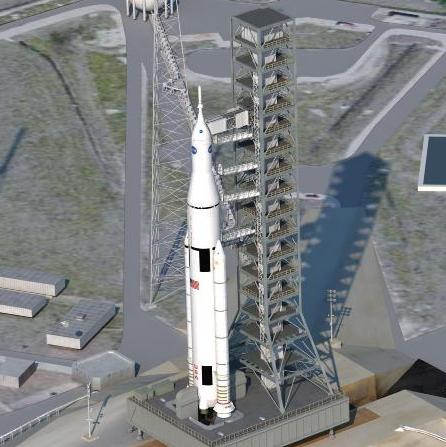The core stage of the Space Launch System (SLS), among the most crucial components, has entered preliminary design review (PDR), an important checkpoint in the design of the US super-heavy launch vehicle
"We are in a place where we are executing. We are under-promising and over-performing," says a member of the NASA design team. The core stage PDR will be done by August, or around the time the PDR was initially scheduled to begin.
"We cannot afford to develop more than one new thing. That new thing we chose to develop is the core stage of the vehicle. It is the structural backbone of the vehicle," says the designer.
The core stage, powered by four Pratt & Whitney Rocketdyne RS-25 engines originally developed for the Space Shuttle, will have more thrust than the Saturn V, the most powerful rocket yet built in the US. The rocket will initially launch 75t into orbit, with future versions launching up to 130t.
SLS's first launch is scheduled for 2017, a goal the programme team fully intends to keep despite the complexity of building a new rocket. The first flight will include a cryogenic upper stage adapted from the Delta IV, which will be replaced on subsequent flights by a Rocketdyne J-2X.
 |
|---|
©NASA |
Source: Flight International


























